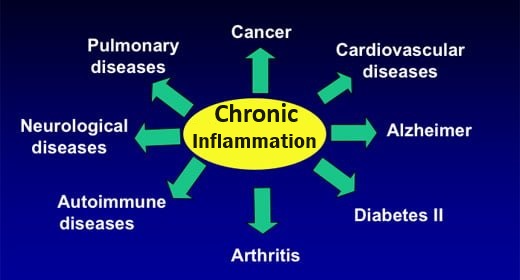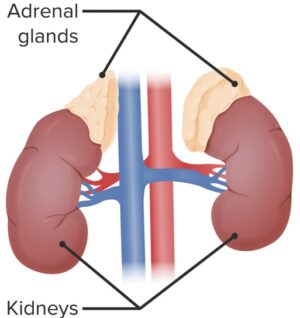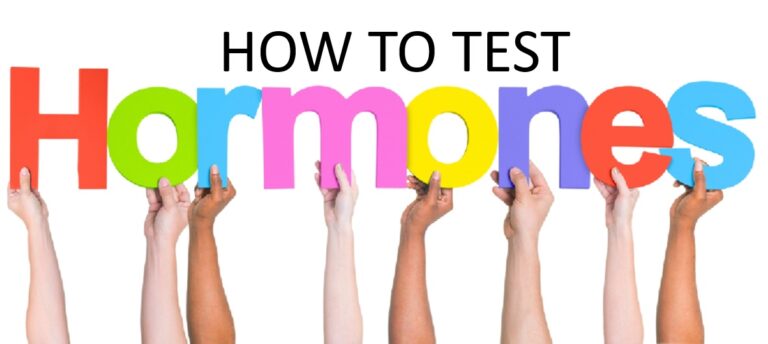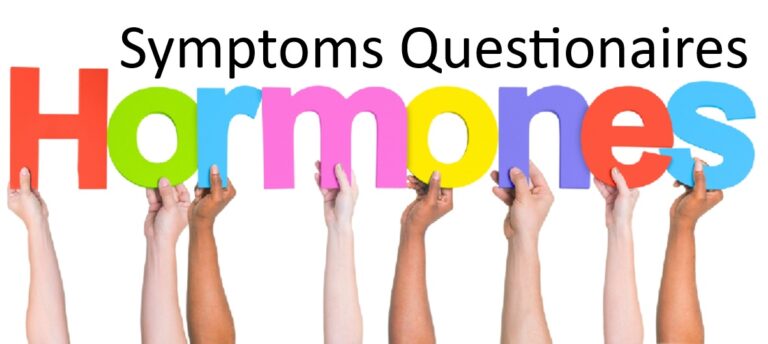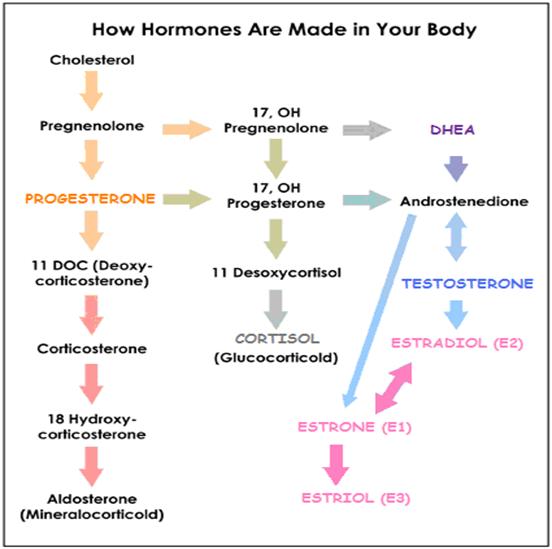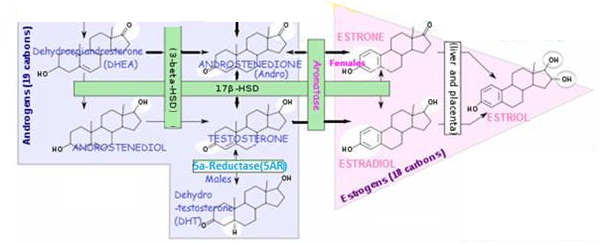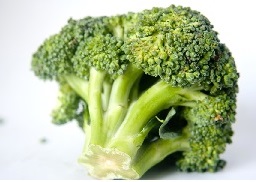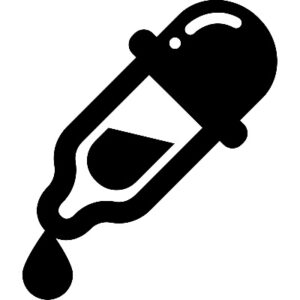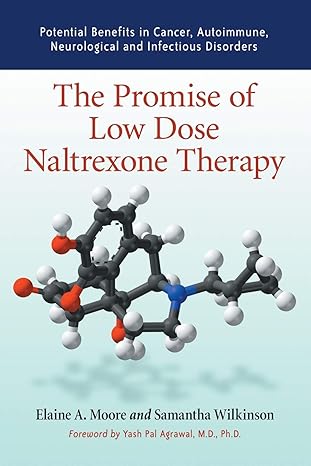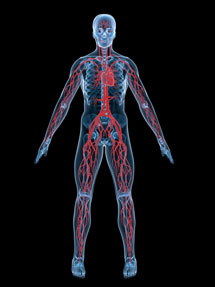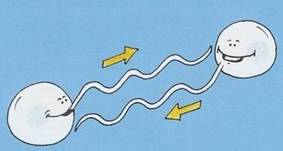Neurotransmitters - Pass messages from a nerve cell to a target cell

What are neurotransmitters?
Neurotransmitters are chemicals in the body produced by the nervous system that transmit signals from a nerve cell (neuron) to a target cell across a synapse.
Neurotransmitters are released from the presynaptic nerve terminal in the brain, work locally and are fast. In contrast, hormones are produced by the endocrine glands, and usually released into the bloodstream to act on distant cells. Some hormones are also neurotransmitters, for example MELATONIN, SEROTONIN,, EPINEPHRINE (ADRENALINE), and NOREPINEPHRINE, which can be produced in the brain (as well as other locations) and then released into circulation.
- A neurotransmitter is released from a nerve cell by the arrival of an electrical impulse. The impulse is transferred across the synapse to a target cell when the neurotransmitter binds to a receptor in the membrane on the postsynaptic side of the synapse.
- The receiving target cell can be:
- An adjacent nerve cell
- A muscle fiber (to stimulate movement)
- A body organ cell
- Other tissue cell
Myelin sheath. Consists of Schwann cells that encircle axon like a jelly roll, act as insulators and are separated by gaps of unsheathed axon called Nodes of Ranvier. Instead of a continuous traveling down the axon, the action potential jumps from node to node (called saltatory conduction), thereby speeding up propagation of impulse.

Chart of some common neurotransmitters(Note that some neurotransmitters are also hormones) | ||||
|---|---|---|---|---|
| Category | Neurotransmitter | Abbr | Details | |
| Amino Acids (Small molecule) | ASPARTATE | |||
| GAMMA-AMINOBUTYRIC ACID | GABA | • Usually an inhibitory transmitter between brain neurons• Many sedative/tranquilizing drugs act by enhancing the effects of GABA in the brain – GLYCINE is the inhibitory neurotransmitter in the spinal cord. | ||
| GLUTAMATE | GLU | • Used at most fast excitatory synapses in the brain and spinal cord. And also at most synapses that are “modifiable”, i.e. capable of increasing or decreasing in strength (thought to be involved in the brain’s main memory-storage). • Excessive GLUTAMATE in the synapse can lead to excitotoxicity causing cell death. Monosodium glutamate (MSG) is commonly added to foods today to fool the brain into thinking the food tastes better by causing neurons to fire excessively —this excitotoxicity can cause nerve damage. | ||
| GLYCINE | GLY | |||
| Acetylcholine (Small molecule) | ACETYLCHOLINE | ACh | • Activates skeletal muscles. Commonly secreted at neuromuscular joints (gaps connecting motor nerves to muscle cells) where it stimulates muscles to contract. • At non-neuromuscular junctions, typically produces an inhibitory postsynaptic potential. i.e. the “message” doesn’t get through Examples: • Ach receptors stimulated by nicotine; • Nerve gas attacks Ach system • The venom from the bite of a black widow spider causes an excessive release of acetylcholine – This can lead to severe muscle contractions, spasms, paralysis, and possibly death. • Arrow tips poisoned with curare blocks transmission of acetylcholine at nerve cell synapses, causing paralysis | |
| Purine (Small molecule) | ADENOSINE TRIPHOSPHATE | ATP | ||
| Monoamines (Small molecule) | Phenylalanine/Tyrosine | DOPAMINE | DA | • Controls smooth, seamless, voluntary movement • Controls reward system / pleasurable emotions • Decreased levels associated with Parkinson’s disease • Over-activity in dopamine synapses associated with schizophrenia, cocaine, and amphetamines |
| EPINEPHRINE (ADRENALINE) | EPi, Ad | Hormone | ||
| NOREPINEPHRINE (NORADRENALINE) | NE, NAd | Hormone | ||
| OCTOPAMINE | ||||
| TYRAMINE | TYR | |||
| Tryptophan | SEROTONIN | 5-HT | Hormone produced from essential amino acid tryptophan
• Involved in regulation of: sleep/wakefulness, appetite, aggression/mood, temperature, behaviour, memory/learning, muscle contraction, cardiovascular system and endocrine system; | |
| MELATONIN | MEL | Hormone | ||
| Histamine | HISTAMINE | H | Hormone | |
| Polypeptides (PP) – single linear chain of amino acids bonded together by peptide bonds | Gastrins | GASTRIN | ||
| CHOLECYSTOKININ | CCK | |||
| Neurohypophyseal | VASOPRESSIN, | AVP | ||
| OXYTOCIN | OT | |||
| NEUROPHYSIN I AND II | ||||
| Neuropeptide Y | NEUROPEPTIDE Y | NY | ||
| PANCREATIC POLYPEPTIDE | PP | |||
| PEPTIDE YY | YY | |||
| Opioids | CORTICOTROPIN | ACTH | ||
| DYNORPHIN | ||||
| ENDORPHINS | Resemble opiate drugs in structure / effects; contribute to pain-relief and “feel good” emotions | |||
| ENKEPHALINE | ||||
| Secretins | SECRETIN | |||
| MOTILIN | ||||
| GLUCAGON | ||||
| VASOACTIVE INTESTINAL PEPTIDE | VIP | |||
| GROWTH HORMONE RELEASING FACTOR | GHRF | |||
| Somatostatins | SOMATOSTATIN | |||
| Tachykinins | NEUROKININ A AND B | |||
| SUBSTANCE P | Responsible for transmission of pain (from certain sensory neurons to the CNS | |||
| Other | BOMBESIN | |||
| GASTRIN-RELEASING PEPTIDE | GRP | |||
| Soluble Gases | CARBON MONOXIDE | CO | ||
| NITRIC OXIDE | NO | |||
| Other | ANANDAMIDE | |||
| ADENOSINE TRIPHOSPHATE | ATP | |||

Neurotransmitter synthesis
Neurotransmitters are made via just a few biosynthetic steps, from simple precursors, such as amino acids readily available from diet.
Have excitory or inhibitory effect (or both), depending only on the type of receptors they activate . An excitory effect increases the probability that the target cell will fire an action potential.
Types of Neurotransmitters (packaged in neurotransmitter vesicles, which are membrane enclosed sacks that store and release neurotransmitters into synapse at presynaptic neuron terminal so that they can be detected by receptors on the postsynaptic neuron)
- Amino acids. E.g. GLUTAMATE (excitatory at >90% of the brain’s synapses), ASPARTATE, GABA (inhibitory at >90% of synapses that do not use GLUTAMATE), GLYCINE.
- Monoamines. DOPAMINE, NOREPINEPHRINE
- Peptides. E.g. ß-endorphin (engages with opioid receptors in CNS). Also considered neurotransmitters (shown to be released by presynaptic terminals to produce an action, but are not packaged in vesicles)
- Single ions. E.g. zinc
- Gas molecules. E.g. carbon monoxide, NITRIC OXIDE
Re-uptake of neurotransmitters
For nerve cells to communicate, neurotransmitters are secreted by one neuron and picked up by receptor proteins on the surface of another neuron. Once the message has been delivered, a neurotransmitter is either destroyed or reabsorbed into the cell that made it and its activity is over. This process is known as re-uptake.

Release of neurotransmitters
Neurotransmitters are usually released following arrival of an action potential at the synapse. This causes the voltage across the cell membrane (membrane potential) of a cell (in this case a presynaptic neuron) to rapidly rise and fall.
- Follows a graded electrical potential.
- Occurs without electrical stimulation as a low level “baseline” release.

Neurotransmitter effects
Most psychoactive drugs exert their effects by altering the actions of some neurotransmitter systems. E.g. Addictive drugs, such as cocaine and amphetamines, primarily affect the DOPAMINE system. Addictive opiate drugs primarily indirectly regulate DOPAMINE levels.
- Cocaine. Blocks reuptake of DOPAMINE back into the presynaptic neuron leaving DOPAMINE in the the synapse for a longer time to bind to receptors on postsynaptic neuron. This elicits a pleasurable emotion, until prolonged exposure causes down-regulation of receptors.
- Prozac. A selective SEROTONIN reuptake inhibitor (SSRI), which blocks reuptake of SEROTONIN by the presynaptic cell and potentiates longer effect of SEROTONIN;

- Alpha-methyl-p-tyrosine (AMPT). Prevents conversion of tyrosine to the DOPAMINE precursor (L-Dopa); can cause depressive symptoms.











